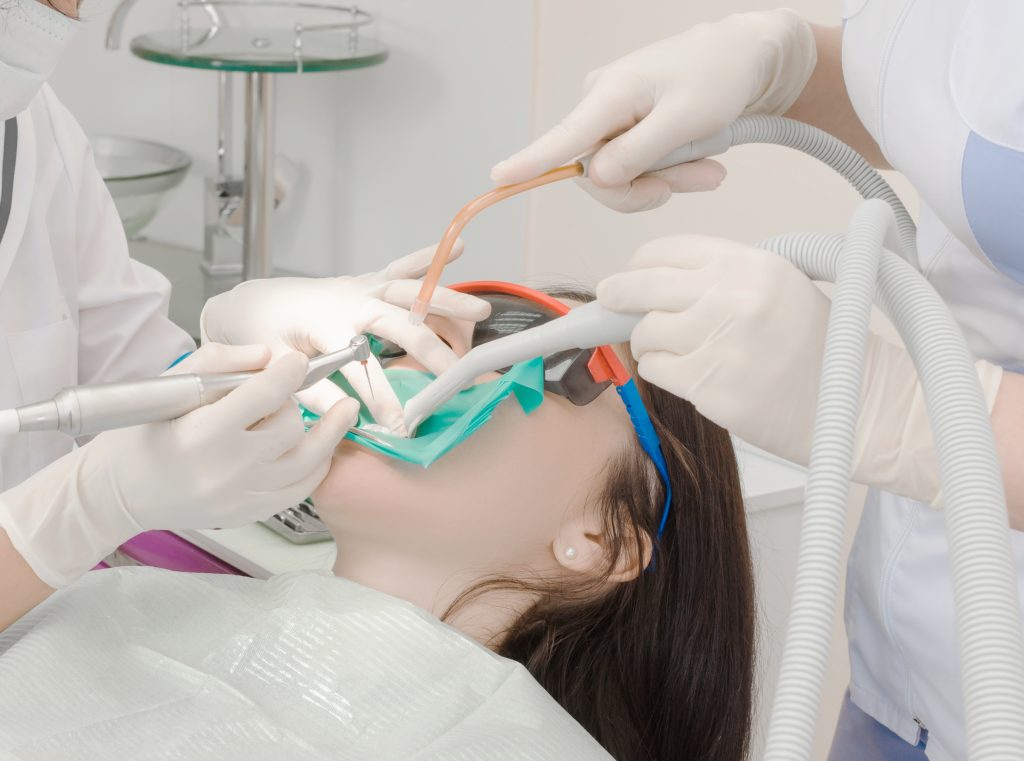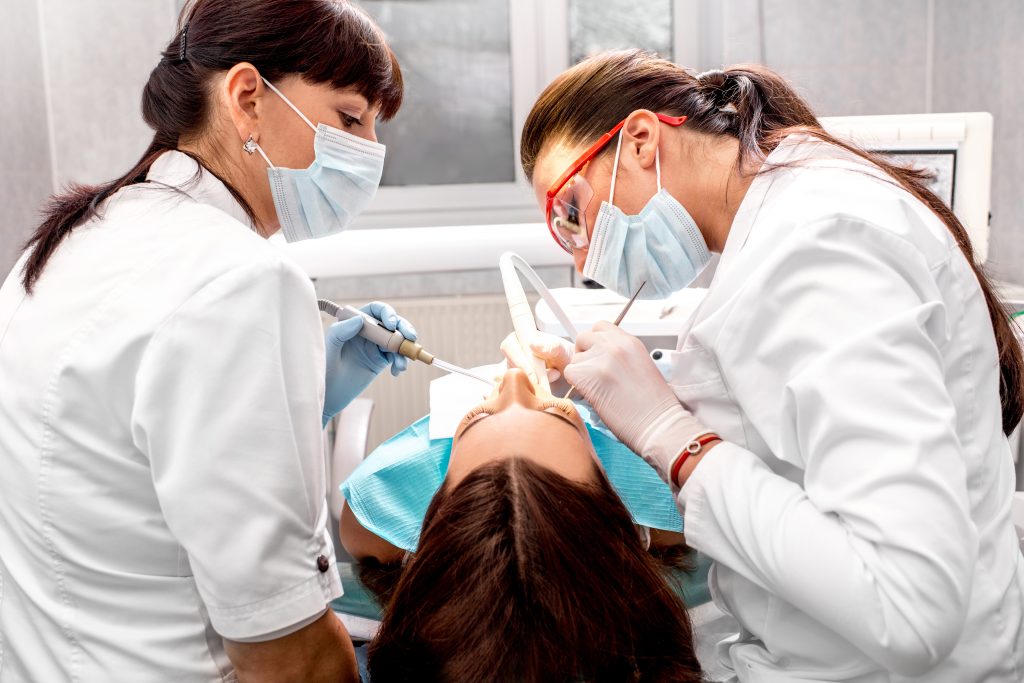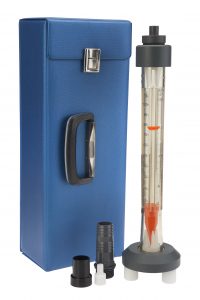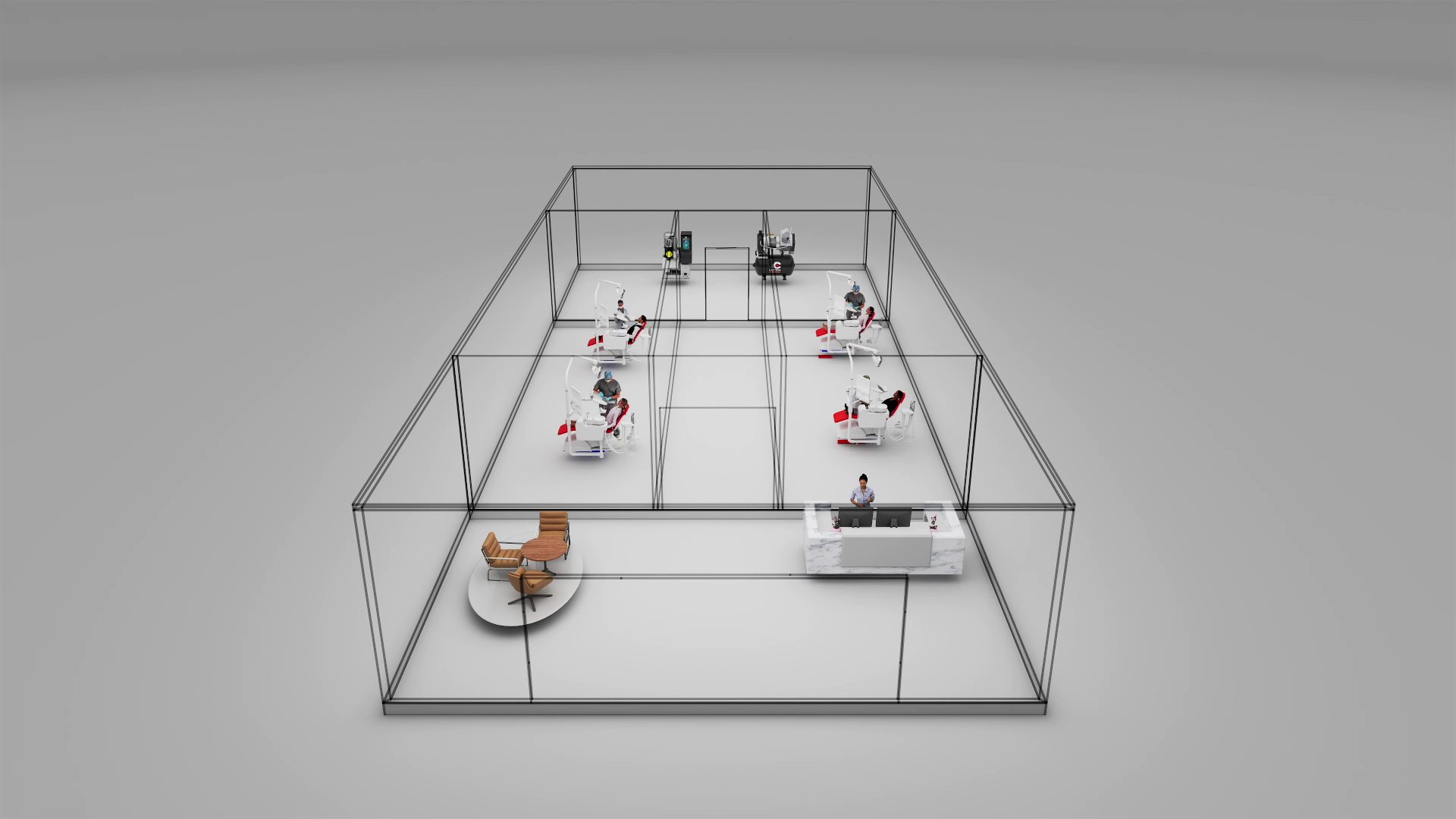The Crucial Role of High Airflow Suction in Dental Patient Safety

Introduction
In recent years, our dental healthcare landscape has undergone significant transformations, highlighting our focus on staff safety, patient safety, and our overarching infection prevention and control protocols. Even leading up to the recent pandemic, there had been ongoing research and considerations revolving around the transmission of harmful pathogens through droplets and aerosols generated during dental treatments.
This article explores the critical role of High-Volume Evacuators (HVE) in enhancing patient and staff safety in dental settings. We delve into how effective aerosol management can be one of the crucial factors for minimising pathogen transmission, and how this can be achieved through advanced HVE systems, helping ensure a safer dental practice environment.
Dental Procedures and Pathogen Transmission
Dental procedures, by their nature, produce droplets and aerosols, which are known for transmitting respiratory viruses. Clinical studies have revealed that viruses can interact with the oral mucosa, positioning dental settings as potential hotspots for virus transmission.

Aerosol Management: Essential for Protecting Staff and Patients
To mitigate the risk of virus transmission during dental procedures, we must explore effective strategies that reduce aerosol dispersion in dental clinics. These strategies can include improving room ventilation, implementing High-Efficiency Particulate Air (HEPA) filtration units, and using extra-oral suction devices in addition to standard infection prevention and control protocols.
While these strategies have been explored to reduce aerosol dispersion in dental clinics, another critical consideration is the use of intra-oral High-Volume Evacuation (HVE) suction systems, often referred to as the gold standard for use during Aerosol-Generating Procedures (AGP).
What do some of the studies say?
In a 2021 study conducted by Ehtezazi et al., six AGPs performed on mannequin heads demonstrated significant aerosol reduction when HVEs were employed. Additionally, research led by Xiujie Li et al. in 2021 showed that HVEs maintained an impressive 60% efficiency in aerosol removal, operating at a flow rate of 300 L/min. The ISO 10637 Standard which requires a minimum air flow rate of 250 NL/min at one suction cannula connector on the dental unit. In comparison, Cattani suction systems not only meet but exceed this efficiency by delivering 300 L/min when installed correctly. Furthermore, a study by Pasquarella et al. in 2000 revealed that the use of HVE during dental procedures led to an overall reduction of 88%.
While each study focused on different aspects of aerosol control and transmission risk, a consistent theme emerged: the effectiveness of high airflow rates in reducing aerosol dispersion for dental patient and staff safety.
Maximising the Benefits of Your Investment
Dental clinics make substantial investments in their plant room equipment, so ensuring air flow performance is in line with the system’s pipeline design and layout is paramount (see Cattani P.L.A.N.T Principles™). But how can clinics and Cattani authorised installers guarantee optimal performance of their HVE flows? This is where an Airflow Meter plays a crucial role. This essential tool allows dental plant room equipment technicians to measure and monitor airflow. Cattani best practice is to set the airflow benchmark at each dental chair, this is usually performed upon installation of the suction system. Having a benchmark gives your clinic an idea of the performance at each chair and also allows technicians in the future to assess any variances over time.

Regularly monitoring and maintaining suction performance via airflow rates is considered a must for upholding the highest performance standards of the suction system, and also for the safety of both patients and staff. Variations in airflow rates may signal lapses in infection prevention protocols. Such deviations often stem from partial blockages or restrictions in the suction pipework or filter blockages. These issues can typically be resolved through effective dental suction disinfection (read more about suction disinfection here).
Conclusion
Our network of skilled Cattani authorised technicians is ready to assist with airflow health checks in your dental clinic as part of the ongoing preventative maintenance process. If you're interested in learning more and taking charge, our Cattani P.L.A.N.T Principles™ provide valuable information on choosing, installing, and maintaining equipment to manage potential airflow issues. By following these principles and working alongside your authorised Cattani dealer, you'll better understand your dental suction setup and help ensure optimal airflow, maximising the performance of your investment.
Sources
- Shamudra Dey, Maryam Tunio, Louis C. Boryc, Brian D. Hodgson, Guilherme J. M. Garcia, “Quantifying strategies to minimize aerosol dispersion in dental clinics,” Experimental and Computational Multiphase Flow, Vol. 5, No. 3, 2023, 290–303.
- Xiujie Li, Cheuk Ming Mak, Kuen Wai Ma, Hai Ming Wong, “How the high-volume evacuation alters the flow-field and particle removal characteristics in the mock-up dental clinic,” Building and Environment 205 (2021) 108225.
- Stephen K. Harrel, D.D.S.; John Molinari, Ph.D, Aerosols and splatter in dentistry, The Journal of the American Dental Association, Vol. 135, April 2004, 435.
- Kandis V. Garland, RDH, MS, “Decisions in Dentistry,” Aerosol Management Using High-Volume Evacuation, Jun 7, 2022, https://decisionsindentistry.com/article/aerosol-management-high-volume-evacuation/.
- Pasquarella C, Pitzurra O, Savino A (2000) The index of microbial air contamination. J Hosp Infect 46:241–256. https://doi.org/10.1053/jhin.2000.0820
OTHER STORIES





